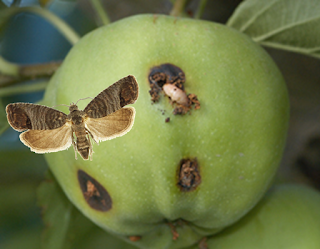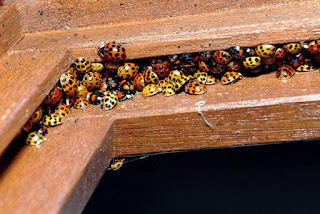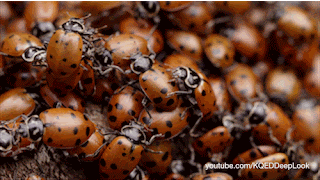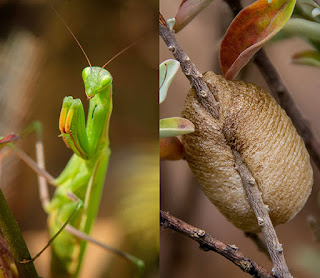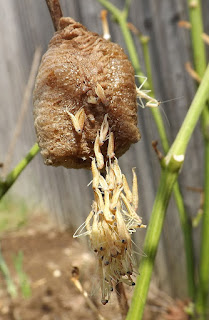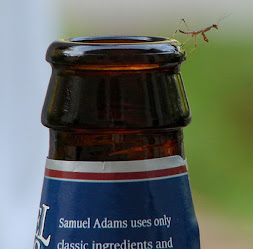• Do Spring Cleaning: Codling moths overwinter in cocoons that they place on/under tree bark, amongst leaf litter and other debris, in barns and storage areas, and even in unused wooden apple crates. As you get ready to head out into your garden or orchard this spring, clean thoroughly and inspect carefully in all these areas and destroy any cocoons you find. This cleaning/inspecting should continue all season long to keep subsequent moth generations away (they can have two or more generations per year- read more here).
• Get some chickens: While they may not eliminate all the grubs around your trees, they will happily devour any they can find. And provide you with some delicious eggs as a side benefit. For more on chickens in the orchard, read this.• Wrap your trees: The use of tree wraps can provide a space for the larvae to place their cocoons so that they can be easily removed later. This works as long as you have wrapped the tree properly and no larvae can get under it, and if you are diligent in finding and destroying every cocoon. Or you can apply a sticky coating to the wrap and capture any and everything that tries to climb up the tree or land on it. Here is our tree wrap selection, here is Tree Tanglefoot® Insect Barrier and Banding, and here is Stiky Stuff adhesive.
• Surround and protect: Surround WP is an organic crop protectant made from Kaolin clay. It forms a barrier around trees and plants that repels pests and interferes with feeding and egg-laying. It also protects against sun damage and deters fungal growth and propagation on plant surfaces. This product is so helpful in so many ways for so many plants and trees that you may want to buy two bags.
• Get some nematodes in the ground: These naturally-occurring microscopic roundworms survive by parasitizing insect larvae in soil and using them as a food source. So, as soon as your soil is above 42°, inundate your tree-growing area with these little helpers. We carry several species of beneficial nematodes, but NemAttack (Steinernema feltiae) is the best choice for codling moth control. An added side benefit of these guys is that they will go after all kinds of larvae, so you’ll be getting help for more than just codling moth.Pheromones
• Lure them in: Like most living things, codling moths emerge in spring with love on their mind. By using a lure that attracts the adults combined with a sticky trap that will hold them, you can gain an understanding of just how bad your problem is while preventing future generations. Many lures attract only the male moth, but our Scentry CM + PE Combo Lure works on both sexes. For that particular lure, you will need to purchase the traps separately. But we do have trap/lure kits as well. Please check out our Codling Moth page for lots of options.
• Stop the mating: Mating disruptors use female codling moth pheromones to attract and confuse the amorous male moth by overwhelming the natural levels of pheromones produced by the female. He will simply not be able to find a female to mate with and will die trying. This product can be used all season long, but you will want to get them out there before the first moths start flying. Read more here.Horticultural Oils
• Stop them where they are: Horticultural oils work well when you use them early in the season. They can be extremely effective against those insects that have used your trees to overwinter in. Even the most diligent grower can miss something and these smotherants are just the thing to provide that extra bit of control. We have a great selection here.
If you take even most of these steps early in the season, you should have an excellent chance of keeping codling moths at bay. And, just in case some slip past you, I will be back in June to go over other options for codling moth control. In the meantime, I encourage you to study our Codling Moth page for more information and product suggestions.Take Care.
Submitted by Pam

